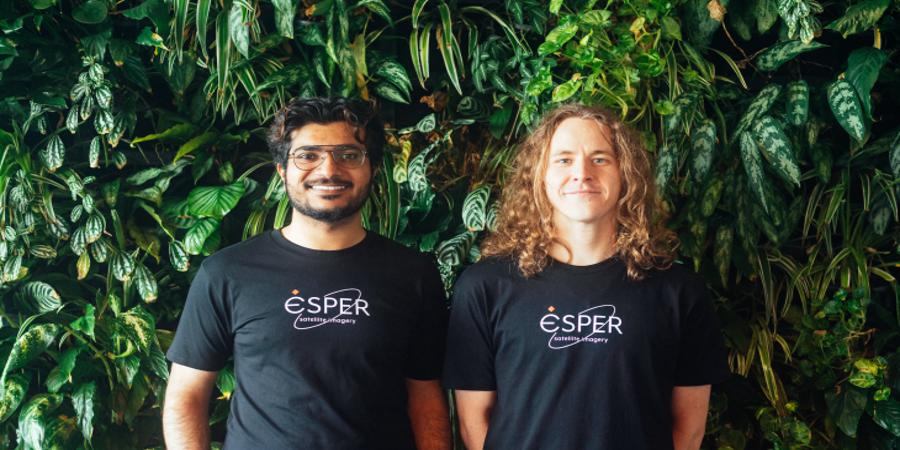As you might know by now, venture capital is an industry with a high failure rate.
Standard & Poor’s recently reported that bankruptcies by venture capital and private equity portfolio companies are reaching their highest numbers since 2010, and these include companies that raised over $1 billion in venture capital, like Vice Media.
In this line, it is unfortunate that we still do not hear enough venture capitalists talking about their mistakes, or at least not with the same frequency as they indulge in self-congratulatory speeches.
However, in those cases in which VCs do talk about failure, you might often hear them echoing reasons like unpredictable market shock, or a “Black Swan” event, bad timing, wrong leadership team, unsupportive co-investors or a poorly designed business model that ended up being unprofitable.
While these concepts are useful for a precautionary tale in an MBA case study and often, in effect, impact the return on investments, the sheer number of non-economic mistakes made by VCs due to their human nature is seriously underestimated. Given the present liquidity crunch, I tasked myself with understanding these blind spots and transforming them into actionable advice for entrepreneurs actively fundraising. There are many, but today I will discuss three of them, which have cost investors a lot of money and are essential for anyone planning to pitch their startup to an investor to be aware of.
This is true even if their numbers and product are worse than those of a founder they find less likable.
When a moment of human connection happens, it is hard to dismiss it. Therefore, if we forge this bond with someone, we will automatically trust that person more.
The sheer number of non-economic mistakes made by VCs due to their human nature is seriously underestimated.
Many reasons can lead to this bond. Maybe they also play golf or football, are alumni of the same university that we went to, or have a similar sense of humor. It is hard to predict. However, what is undeniable is that by seeing the newly met individual as one of “us,” we are already lowering our defensive barriers. We feel safe in their presence and are more likely to feel at ease investing in their venture.
On the other hand, if the person feels like a stranger, the amygdala in our brain activates, and our survival instinct kicks in. In the “us versus them” concept that we all form in our minds, they are “them”; therefore, our brain says, we are better off being wary.
Most VC funds have multiple partners, and their personalities vary widely. This is done intentionally to help the fund connect with a more diverse base of entrepreneurs and counter these potential biases. Hence, at any fund you approach, understanding more about the different investors’ human side will help you know who to go to. Before pitching a venture capitalist, take the time to learn more about them as human beings. Once you’ve studied them this way, you can have an idea of who you would click with and approach them accordingly.
I can share with you examples of how this can be done with our team. For instance, Joel is one of our partners, and he prefers active, passionate, and high-energy founders. On the other hand, Saagar is more likely to resonate with those founders who are scientists or tech experts and who can delve deeply into the technological side of a startup. Then there’s Ruslan, who melts when the founder is very strategic and can simultaneously be detail-oriented. And of course, there’s me, who loves entrepreneurial founders with a huge pirate spirit.
Source @TechCrunch



